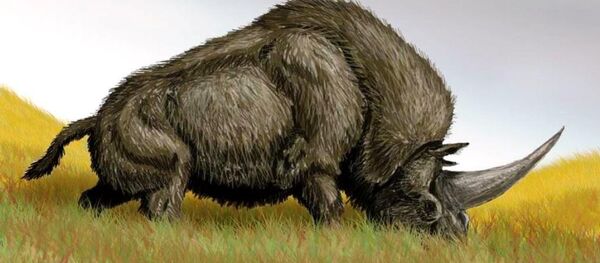Scientists previously believed that Homo floresiensis, who were 1.1 meters tall and weighed around 35 kilograms, lived as recently as 12,000 years ago, outliving Neanderthals and possibly having contact with modern humans.
The new study dated layers of volcanic ash and calcite directly above and below the skeletal remains in the cave, and discovered they are between 100,000 and 60,000 years old. Stone tools found in the cave date from as far back as 190,000 years to around 50,000 years ago.
"Parts of Southeast Asia may have been inhabited by Denisovans or other hominins during this period, and modern humans had reached Australia by 50,000 years ago," the scientists explained in the Nature journal on Wednesday.
"Whether H. floresiensis survived after this time, or encountered modern humans, Denisovans or other hominin species on Flores or elsewhere, remain open questions that future discoveries may help to answer," they concluded.
"For one reason or another, Homo sapiens is an insuperable competitor," he said.





